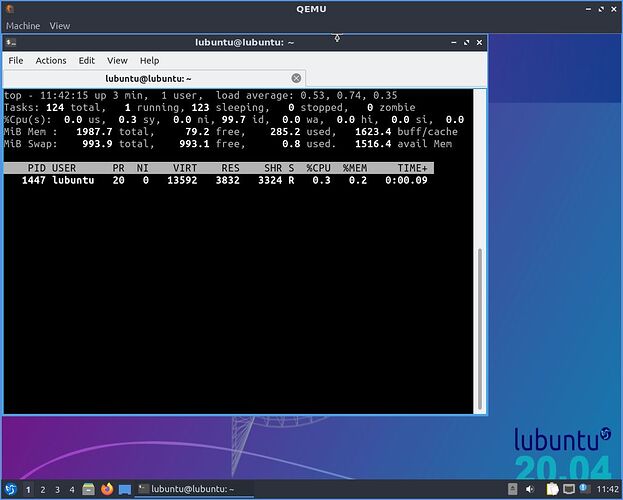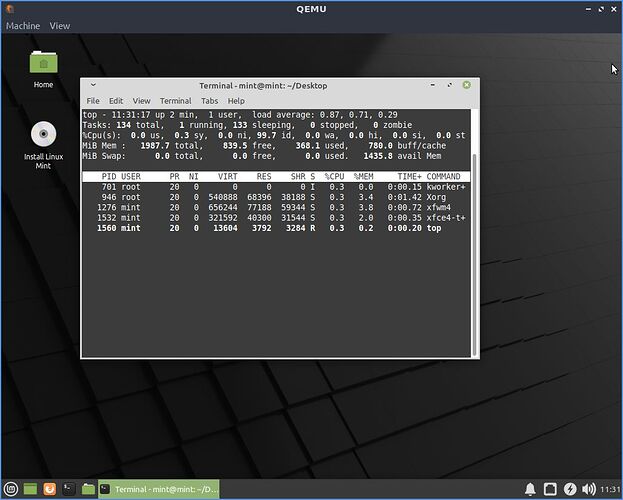Hi all, ![]()
as I´m still looking for a new (resource-friendly/lightweight) distro for a new installation I came across this article:
Dimitrios is taking a closer look at the differences of the 3 DEs used in Linux Mint.
If Linux Mint was a potential candidate then I´d discard cinnamon, which would leave me with MATE and Xfce then.
I´m taking Mint into account as of late because I discovered Linux Mint MATE was using just around 460 MB of RAM after a fresh boot when I tested it on distrotest yesterday. ![]()
Now back to the link I mentioned above.
Dimitrios says:
Briefly, the available choices are the following:
Cinnamon desktop: A modern touch on traditional desktop MATE desktop: A traditional looking desktop resembling the GNOME 2 era. Xfce desktop: A popular lightweight desktop environment.
So far, so good.
For “MATE”:
- MATE desktop has a reputation of its lightweight nature and there is no doubt about that. […]
- it doesn’t feel as snappy as Xfce (in my opinion) […]
- RAM consumption starts under 500 MB which is impressive for a feature rich desktop environment.
For “Xfce”:
- It aims to be fast, lightweight and easy to use […]
- Xfce is the leanest desktop environment Linux Mint has to offer […]
- Very lightweight – suitable for older hardware […]
- Rock-solid stable […]
- At the first boot the ram usage is similar to MATE desktop but not quite as good. # how can that be

It´s the last statement that took me by surprise. How is it that RAM usage with Xfce isn´t “quite as good as” with MATE ![]()
I would´ve thought it was the other way round. ![]()
Taking a look at the screenshots Dimitrios provided these are the values for …
MATE: 464 MB
Xfce: 504 MB
All measured with htop after boot.
Contrary to my assumptions it would look like Linux Mint MATE would consume less RAM than Linux Mint Xfce. ![]()
I´m very interested to learn what you think about it.
Thanks a lot in advance.
Many greetings from Rosika ![]()
P.S.:
On my (installed) Lubuntu htop says: 492 MB RAM usage after boot with nothing else running.


